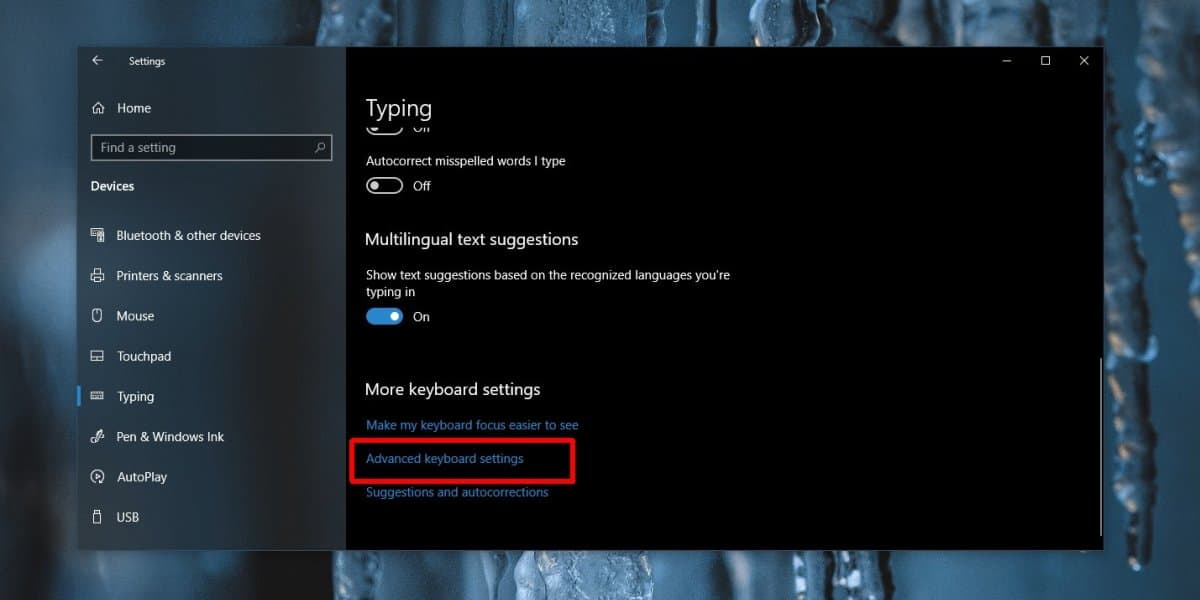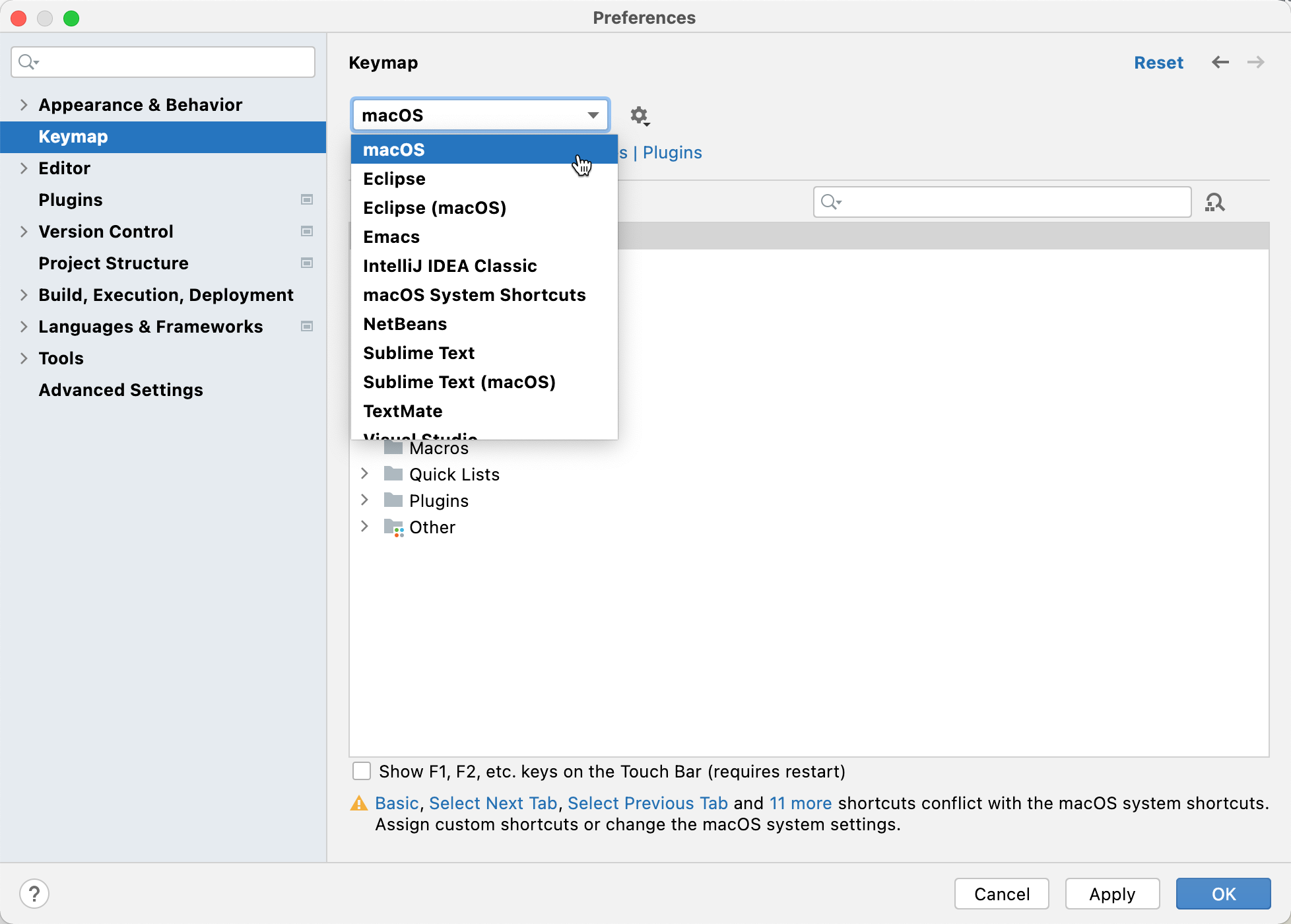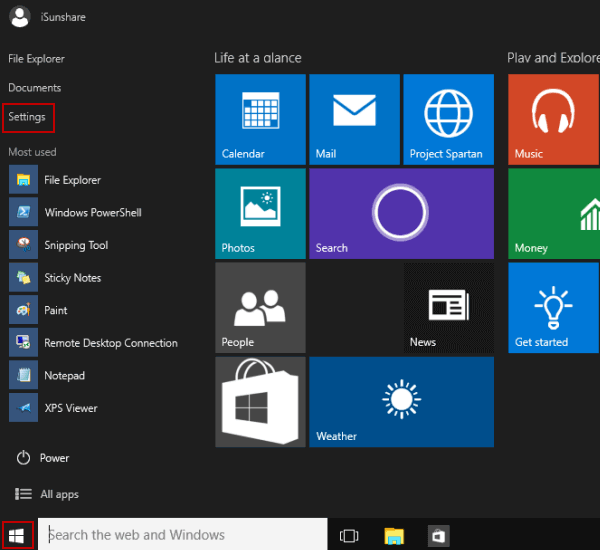

- #Keyboard shortcut for settings how to
- #Keyboard shortcut for settings code
- #Keyboard shortcut for settings plus
- #Keyboard shortcut for settings windows
For example, press CTRL plus the key that you want to use. Press the combination of keys that you want to assign.

Press the TAB key repeatedly until the cursor is in the Press new shortcut key box.

Press DOWN ARROW or UP ARROW to select the name of the command or other item that you want to assign a keyboard shortcut to or remove a keyboard shortcut from.Īny keyboard shortcuts that are currently assigned to that command or item appear in the Current keys box, or below the box with the label Currently assigned to. Press the TAB key to move to the Commands box. In the Categories box, press DOWN ARROW or UP ARROW to select the category that contains the command or other item that you want to assign a keyboard shortcut to or remove a keyboard shortcut from. Press the TAB key repeatedly until Customize is selected at the bottom of the dialog box, and then press ENTER.

Press DOWN ARROW to select Customize Ribbon. Press ALT+F, T to open the Word Options dialog box. Use just the keyboard to assign or remove a keyboard shortcut In the Current keys box, select the keyboard shortcut that you want to remove. Note: If you use a programmable keyboard, the key combination CTRL+ALT+F8 might already be reserved for initiating keyboard programming. If the combination is already assigned, type a different combination. Look at Current keys (or Currently assigned to) to see whether the combination of keys is already assigned to a command or other item. In the Press new shortcut key box, press the combination of keys that you want to assign. When you decide on the keyboard language shortcut you want to use, click or tap on OK. To assign a keyboard shortcut do the following:īegin keyboard shortcuts with CTRL or a function key. Check Enable Key Sequence to set a keyboard shortcut Click or tap on the Key dropdown menu, which lists the number keys (from 0 to 9), the tilde () key, and the Grave Accent () key. In the Commands box, select the name of the command or other item that you want to assign a keyboard shortcut to or remove a keyboard shortcut from.Īny keyboard shortcuts that are currently assigned to that command or other item appear in the Current keys box, or below the box with the label Currently assigned to. You can usually find it next to the Alt key on your keyboard. What is the Super key The Super key opens the Activities overview. What is the Menu key The Menu key launches a context menu with the keyboard rather than with a right-click. ( More on creating custom shortcuts here. Set keyboard shortcuts Define or change keyboard shortcuts in Keyboard settings. Just right-click the executable for whatever it is you want to create a shortcut to, click Properties, then enter your command into a box.
#Keyboard shortcut for settings windows
It’s not too complicated to create your own keyboard shortcuts in Windows 10.
#Keyboard shortcut for settings how to
In the Categories box, select the category that contains the command or other item that you want to assign a keyboard shortcut to or remove a keyboard shortcut from. How to Change Default Keyboard Shortcuts in Windows 10. In the Save changes in box, select the current document name or template that you want to save the keyboard shortcut changes in. Use a mouse to assign or remove a keyboard shortcutĪt the bottom of the Customize the Ribbon and keyboard shortcuts pane, select Customize. You can assign or remove keyboard shortcuts by using a mouse or just the keyboard. You can customize keyboard shortcuts (or shortcut keys) by assigning them to a command, macro, font, style, or frequently used symbol. Select Extras Settings Preferences Shortcuts and scroll down the list of commands, which is grouped by topics to find the command you want to change the keyboard shortcut for. On the Web Document tab, press the keyboard shortcut you'd like to use - such as Ctrl + Alt + F - and then hit OK.Ĭreate as many shortcuts as you like, and move them to wherever you find the most useful.Word for Microsoft 365 Word 2021 Word 2019 Word 2016 Word 2013 Word 2010 More. Define your own keyboard shortcuts in addition to the default Keyboard Shortcuts. Right-click an icon you have created and select Properties. If you want to take things a step further you can assign a keyboard shortcut to speed things up. Type a suitable name for the shortcut and click Finish.
#Keyboard shortcut for settings code
In the empty text field, paste the code you have copied and click Next. Right-click an empty section of the desktop and select New > Shortcut. To create one, use the list below to determine the code you need to access a particular setting and highlight it before copying to the clipboard (you can type it out manually if you prefer, of course!). These are shortcuts in the traditional Windows sense of the word - icons that you can place on the desktop, Start menu, or taskbar.


 0 kommentar(er)
0 kommentar(er)
